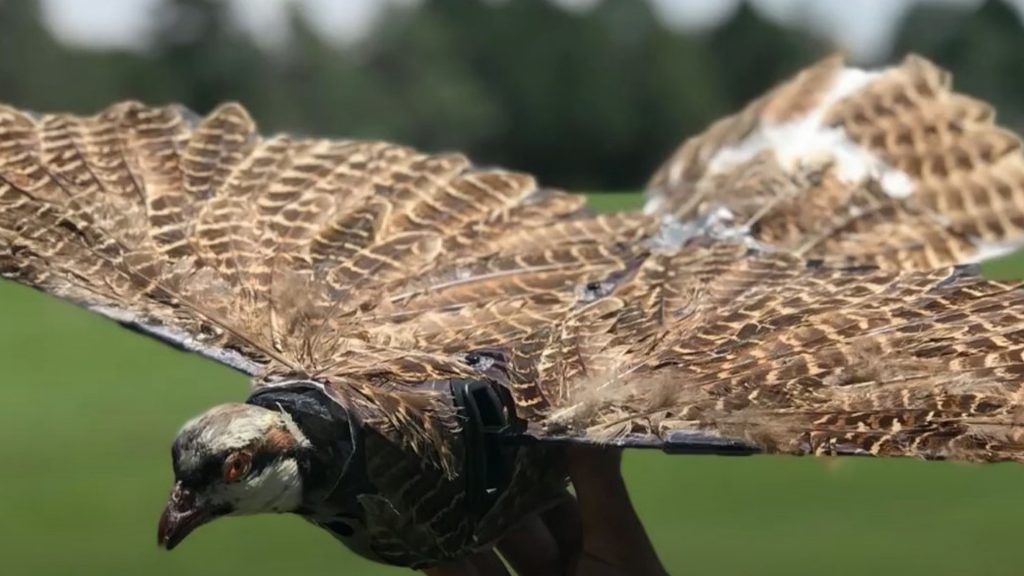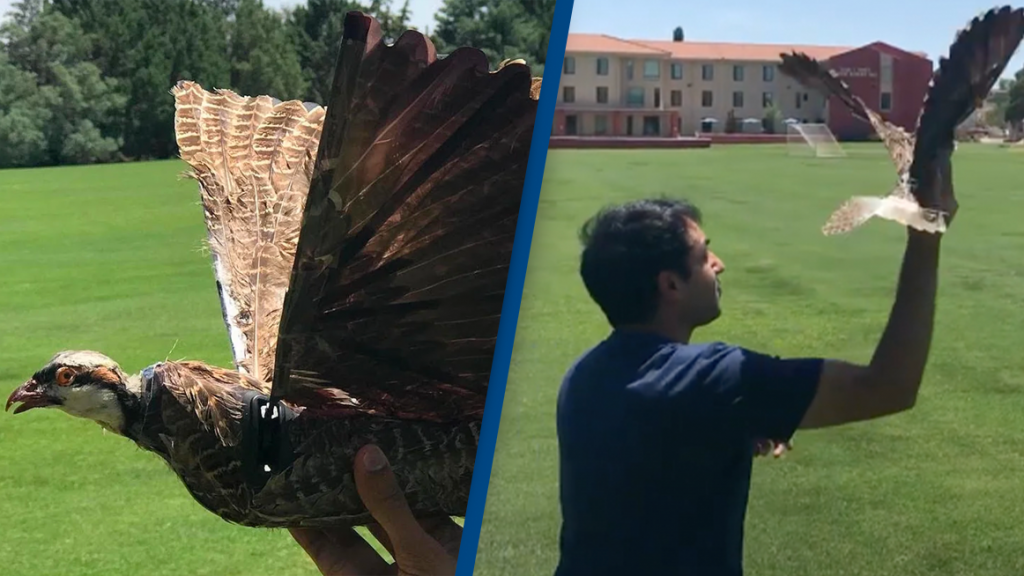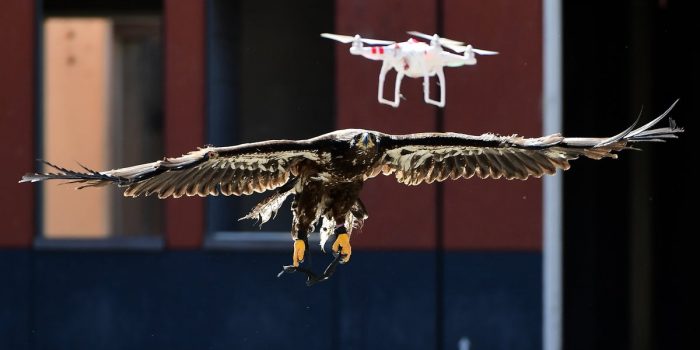Recent advances in technology have enabled scientists to push the boundaries of what is possible when it comes to creating drones. In a recent development, researchers have been able to re-engineer dead birds into drones that could potentially be used for spying on humans and wildlife. The study, which was presented recently at the American Institute of Aeronautics and Astronautics SciTech 2023 Forum, incorporates dead birds into flapping-wing drones and may also enable spying on people for military purposes.
Taxidermized bird components from pigeons, pheasants, hummingbirds, and crows—including a real head, feathers, and, most significantly, wings—allow the researchers to more precisely mimic the motions of a fluttering bird, but they stress that building a drone in this manner is “challenging.” On the plus side, it beats the agony of building a traditional, mechanical wing that’s intended to flap like an ornithopter.
“This removes the need to design and manufacture a wing, which is notably difficult as wings are challenging to model and correctly size,” aerial robotics expert Rapheael Zufferey at the Swiss Federal Institute of Technology, who was not involved in the research, told New Scientist.

The idea behind this technology is to create a drone that is highly maneuverable and able to fly in areas that are difficult for traditional drones to access. For example, the drone could fly through dense forests or other areas where obstacles and natural terrain would make it difficult for a traditional drone to fly.
One potential use for these re-engineered bird drones is in the area of wildlife monitoring. Scientists could use them to observe animals in their natural habitats without disturbing them. They could also use them to gather data on animal behavior and migration patterns.
However, there are concerns about the potential use of these drones for the surveillance of humans. The highly maneuverable and discrete nature of these drones makes them ideal for spying on people, whether for law enforcement or other purposes.

There are also ethical concerns surrounding the use of dead birds for this technology. Some people believe that using dead animals in this way is disrespectful to the animals and could lead to a desensitization to the value of life.
In conclusion, while the re-engineering of dead birds into drones is an impressive technological feat, it is important to carefully consider the potential uses and ethical implications of this technology. As with any new technology, it is crucial to approach it with caution and consideration for its potential impact on society and the natural world.


